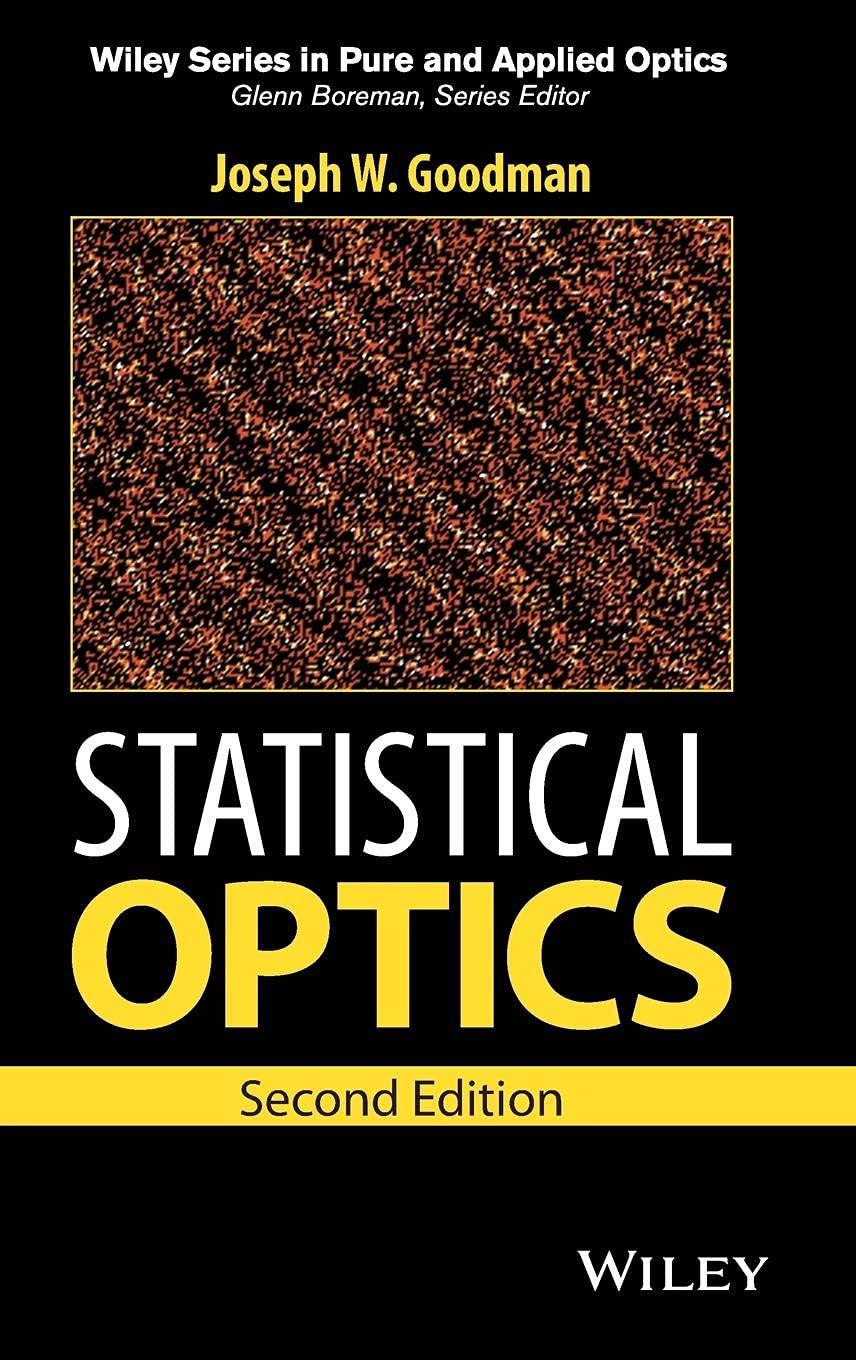A partially polarized thermal light wave is incident on a photodetector. The total incident integrated intensity can
Question:
A partially polarized thermal light wave is incident on a photodetector. The total incident integrated intensity can be regarded to consist of two statistically independent components, \(W_{1}\) (mean \(\bar{W}_{1}\) ) and \(W_{2}\left(\right.\) mean \(\bar{W}_{2}\) ). Thus the probability density of \(W\) can be expressed as the convolution of the probability densities of \(W_{1}\) and \(W_{2}\). Under such circumstances, show that the probability distribution \(P(K)\) of the total number of photoevents observed can be expressed as a discrete convolution of the distribution functions \(P_{1}(K)\) and \(P_{2}(K)\) for the numbers of photoevents that would be observed if \(W_{1}\) and \(W_{2}\) were incident individually.
Fantastic news! We've Found the answer you've been seeking!
Step by Step Answer:
Related Book For 

Question Posted:





